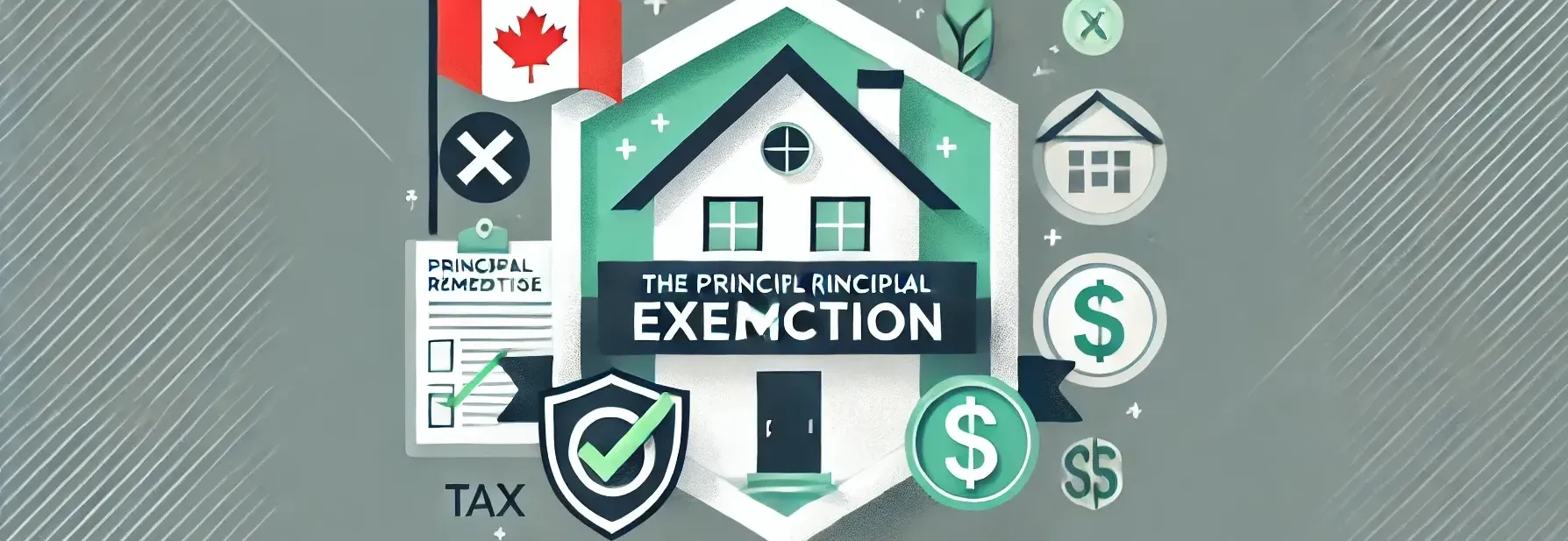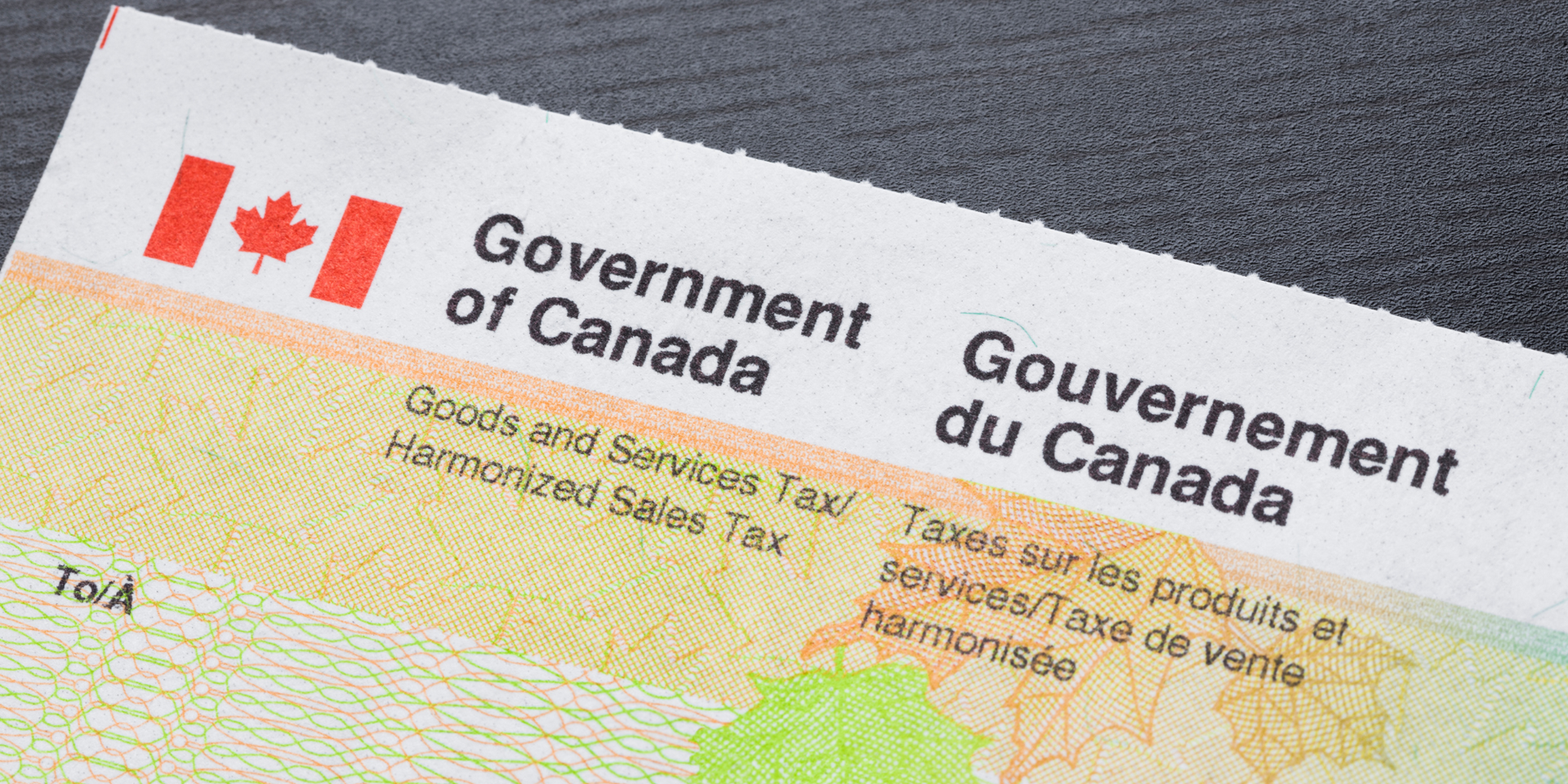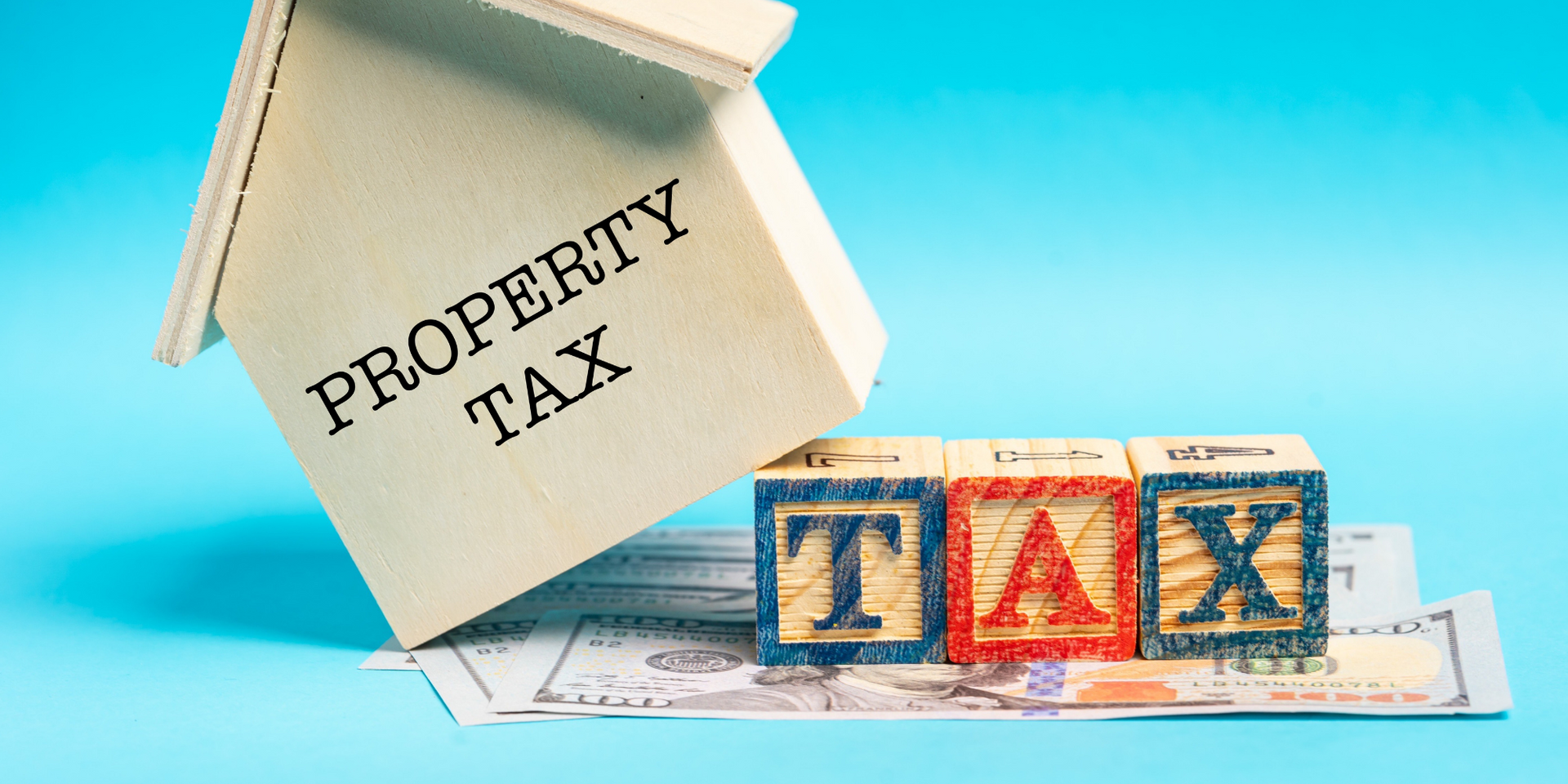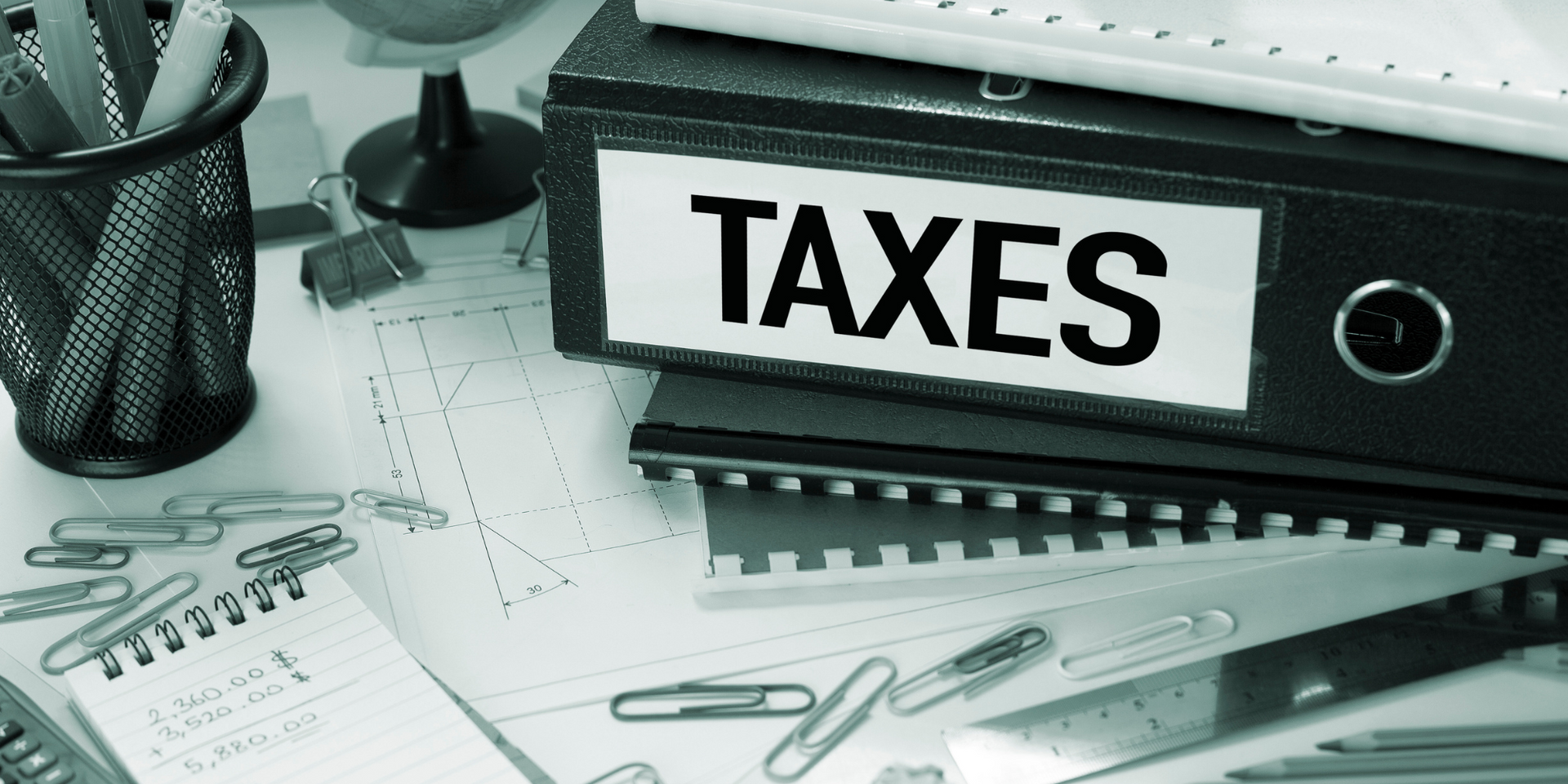Understanding the Principal Residence Exemption and How It Works
The principal residence exemption is a valuable tax benefit for Canadian homeowners that can help you avoid paying capital gains tax when you sell your home. Think of it as a financial boost that can put more money in your pocket by reducing or completely eliminating the taxes you’d normally owe on the sale. Understanding how this exemption works is crucial for optimizing your tax savings and managing your finances when selling your principal residence.

What is a Principal Residence?
A principal residence is a property that you, your spouse, or your children “ordinarily inhabit” during the year. This means you live in the home, even if it's for a short period. The exemption applies to properties like single-family homes, condos, and mobile homes. Investment properties, such as rental units or flips, generally do not qualify.
What is the Principal Residence Exemption?
The principal residence exemption allows you to exclude capital gains from the sale of your primary home from your taxable income. When you sell a property for more than you paid for it, the difference is a capital gain. Normally, this gain would be taxed, but the exemption allows you to avoid this if the property qualifies as your principal residence for all or part of the time you owned it.
To claim the exemption, you must report the sale on Schedule 3 of your tax return and prove that the property was your principal residence.
Proving Your Principal Residence in Canada
To prove that a property is your principal residence, you need to show the CRA that you have substantial ties to it. Documents like your driver’s license, health card, utility bills, and tax receipts, all featuring the property’s address, can serve as evidence. While these documents don’t need to be submitted with your tax return, you must keep them on hand in case the CRA requests them.
Reporting the Sale of Your Principal Residence
Since 2016, Canadians must report the sale of a principal residence to claim the exemption. Here’s how:
- Gather your documents: Include purchase and sale records, proof of residency, and Form T2091 for calculating the exemption.
- Fill out Schedule 3: Enter the purchase and sale amounts and indicate that the property was your principal residence for all applicable years.
- Designate your principal residence: Indicate if the property was your principal residence for every year of ownership on Schedule 3.
- Calculate the exemption: If eligible, the exemption will reduce or eliminate the capital gains tax.
Calculating the Principal Residence Exemption (Form T2091)
To see how the exemption works, let’s look at two examples:
Example 1: Complete Capital Gains Exemption
You purchased a home in 2000 for $200,000 and sold it in 2020 for $600,000. The $400,000 capital gain is fully exempt because the property was your principal residence for the entire period.
Example 2: Partial Capital Gains Exemption
Your brother purchased a lakeside property in 2010 for $300,000 and used it as his primary residence until 2015. After marrying, he and his spouse bought a new home but held onto the lakeside property, selling it in 2020 for $500,000. Since the property was his principal residence for only five of the ten years, he can exempt half of the $200,000 capital gain, leaving $100,000 subject to capital gains tax.
Changing the Use of a Principal Residence
If you change the use of your principal residence (e.g., converting it to a rental), you may trigger a deemed disposition. This means the CRA treats the property as sold at its fair market value (FMV), even though you haven’t physically sold it. This FMV becomes the new adjusted cost base, which will be used to calculate any future capital gains.
However, in certain cases, you can elect to maintain the principal residence status even after converting it to an income-producing property, under specific conditions.
Consequences of Not Reporting the Sale
Failing to report the sale of your principal residence can lead to penalties, including a late-filing penalty of up to $8,000. The CRA may also reassess your taxes at any time if you fail to report the sale. To avoid issues, it’s essential to keep your tax records for at least six years.
By understanding the principal residence exemption and how to claim it, you can make sure you're taking full advantage of this tax-saving opportunity when selling your home.
Key Takeaways:
- Utilizing the principal residence exemption can exempt you from capital gains tax when selling your property.
- To apply this exemption, you need to report the sale of your principal residence on Schedule 3 of your T1 Tax Return.
- Changing how your principal residence is used can affect its eligibility for the exemption.











